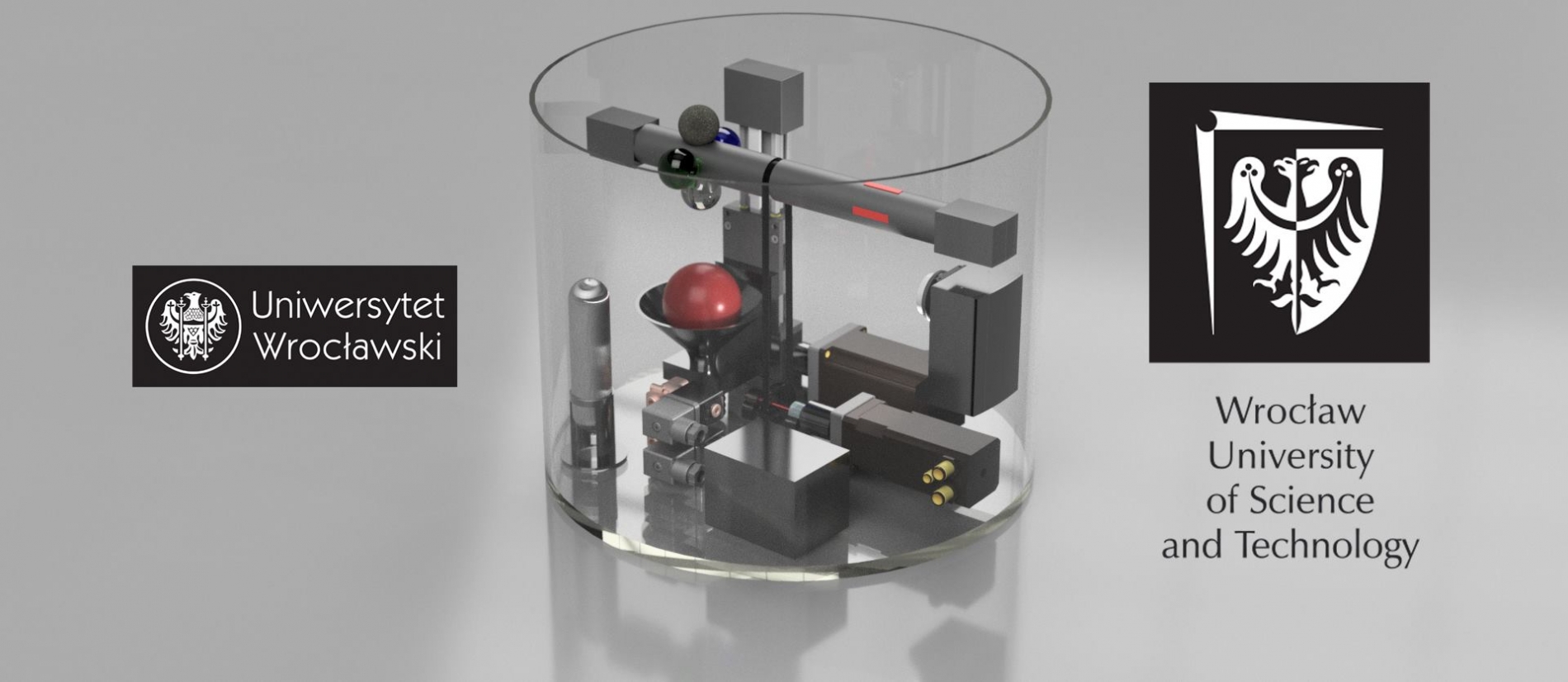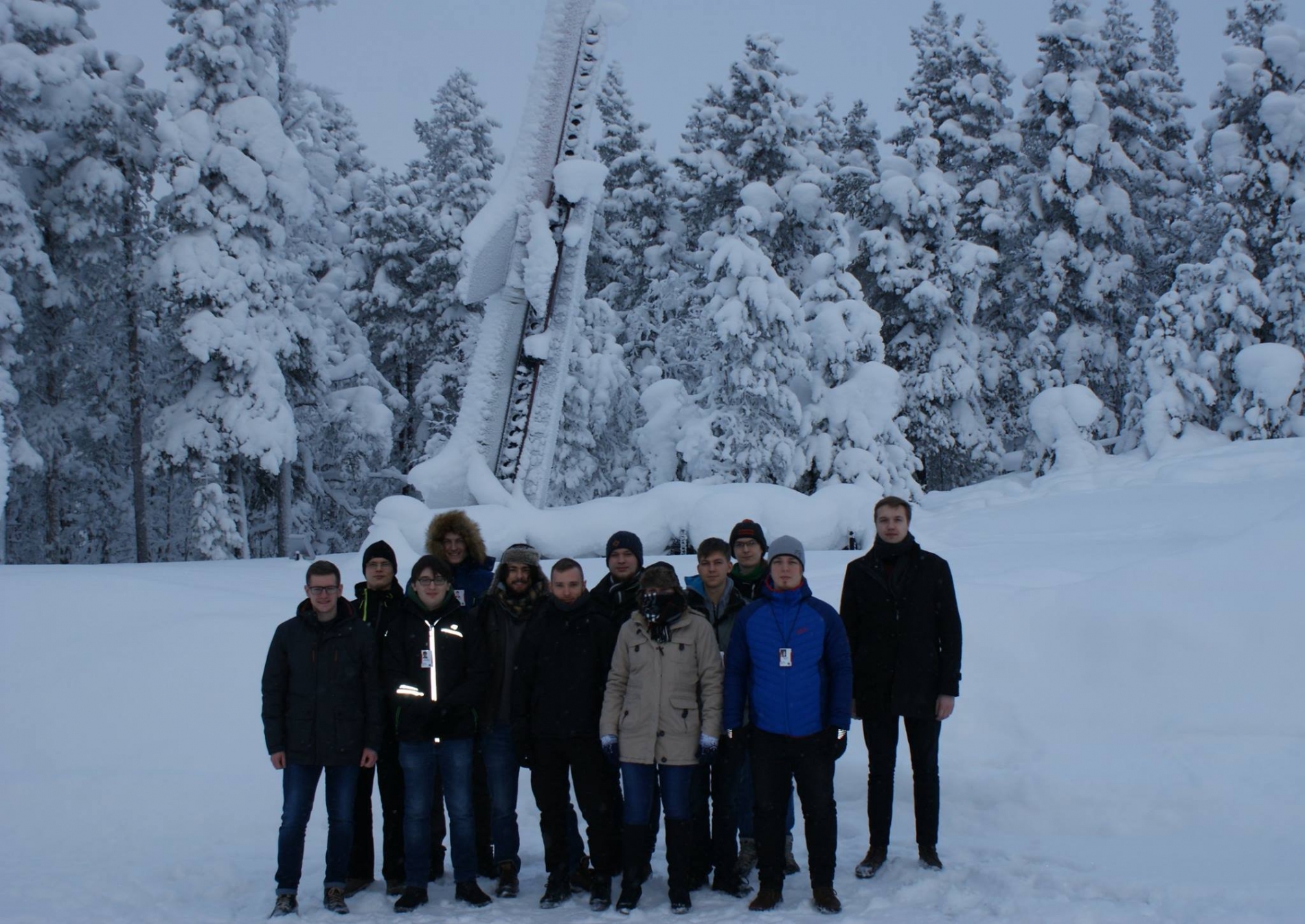YOUR BROWSER IS OUT-OF-DATE.
We have detected that you are using an outdated browser. Our service may not work properly for you. We recommend upgrading or switching to another browser.
Date: 21.02.2018 Category: general news, student activity
Students from Wrocław University of Science and Technology have once again qualified for the prestigious REXUS/BEXUS programme conducted by entities including the European Space Agency (ESA). Our young researchers’ project named TRACZ aims to test the performance of an innovative gripper in the conditions of microgravity and vacuum
 REXUS/BEXUS involves equipping a spacecraft and a balloon basket with test apparatuses developed by select student teams hailing from all over Europe. In this way, their members are offered an opportunity to do their experiments at the altitude of about 30 km (balloon) and over 80 km above Earth (spacecraft).
REXUS/BEXUS involves equipping a spacecraft and a balloon basket with test apparatuses developed by select student teams hailing from all over Europe. In this way, their members are offered an opportunity to do their experiments at the altitude of about 30 km (balloon) and over 80 km above Earth (spacecraft).
Thanks to project TRACZ (Testing Robotic Application For Catching in Zero-G), students will check whether it’s possible to use the jamming gripper in microgravity and vacuum. Devices of this kind consist of a membrane filled with pellets, made to work by manipulating pressure differences. The inflated balloon adjusts its shape to the object to be lifted, while - after the air is sucked out - the pellets harden and the membrane tightens on the object, which makes it possible to carry it.
– The technology doesn’t have a Polish name yet. Although it’s still relatively new and developing, it’s already being used in industry, as it’s much more universal than traditional grippers thanks to its ability to adapt to the shape of the objects it’s supposed to lift and carry. This is why carrying glass or objects whose structure is very complex is trouble-free - says Aleksander Gorgolewski, a student of the Faculty of Mechanical and Power Engineering of WUST and a member of the project team “Space is More”.
There are already some ideas about how such grippers could be applied in space technologies, as they’re less complicated in terms of structure and operation than tools currently in use. This inspired our students to check how the device behaves when not impacted by the force of gravity. In the future, grippers of this kind could be applied in various autonomous and remotely controlled systems.
 Now the last stage of the design phase is underway, and the researchers are getting ready to build a prototype. According to plans, the element developed by them will consist of a runner along which the gripper will travel vertically, propelled by electric motors. As far as the membrane goes, it will be filled with pellets - most likely coffee, which works best for such constructions.
Now the last stage of the design phase is underway, and the researchers are getting ready to build a prototype. According to plans, the element developed by them will consist of a runner along which the gripper will travel vertically, propelled by electric motors. As far as the membrane goes, it will be filled with pellets - most likely coffee, which works best for such constructions.
The compressed air to inflate it will come from a contained installed below. In addition, a valve will be mounted to suck out air into vacuum. The team working on the TRACZ project has just come back from Esrange Space Center launch site in the Swedish town Kiruna, where a week’s training session was held and delivered by experts, who talked about issues including the launch site rules and the launch procedure. Our students are almost certain that their project will find itself on the board of one of the vehicles, to be launched into space in March 2019.
The experiment is being conducted under a bilateral agreement between the German and Swedish space agencies, in cooperation with the European Space Agency. The project is possible thanks to a subsidy from the Ministry of Science and Higher Education under the "The Best of the Best 2.0" grant.
Our site uses cookies. By continuing to browse the site you agree to our use of cookies in accordance with current browser settings. You can change at any time.